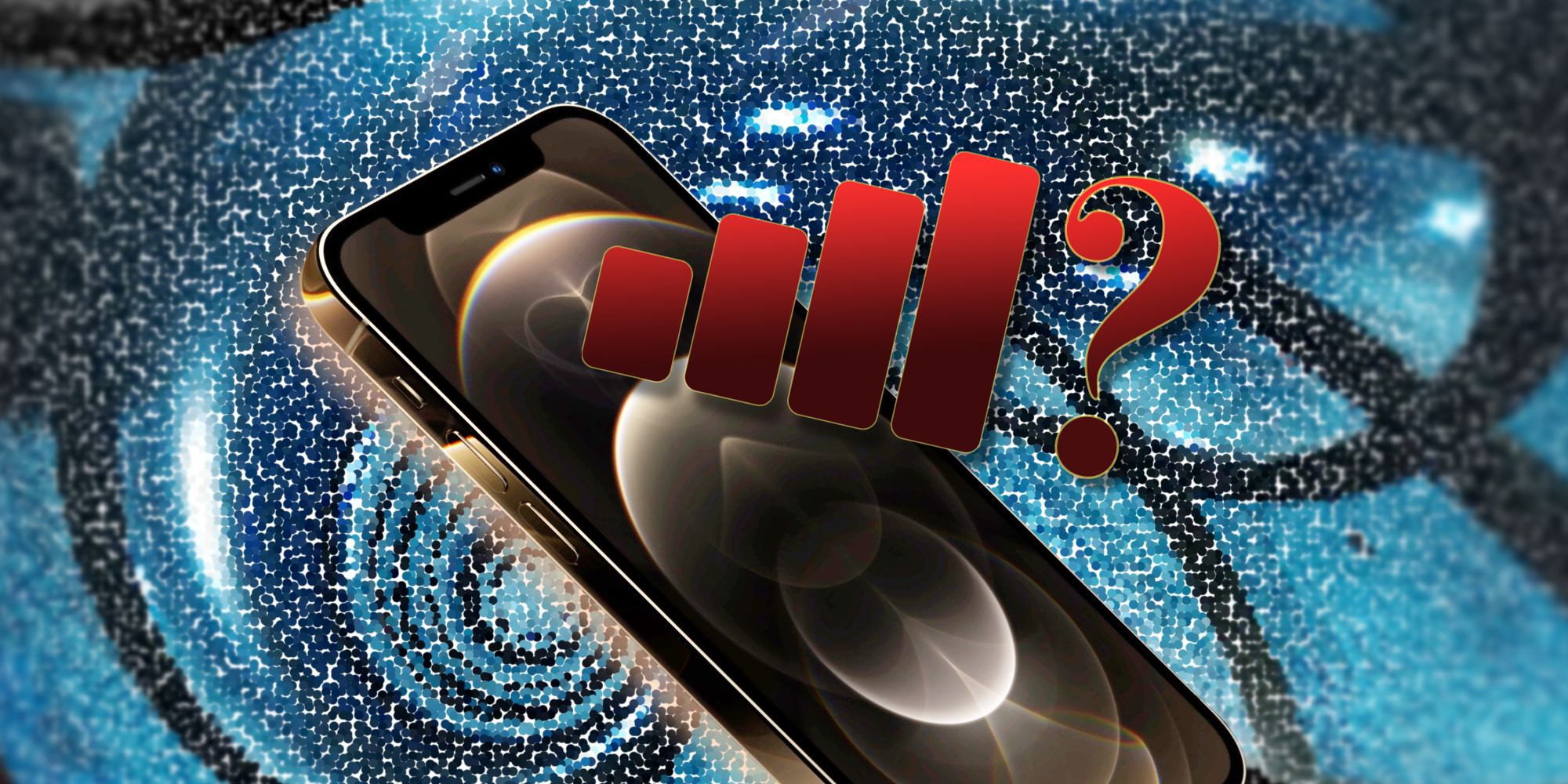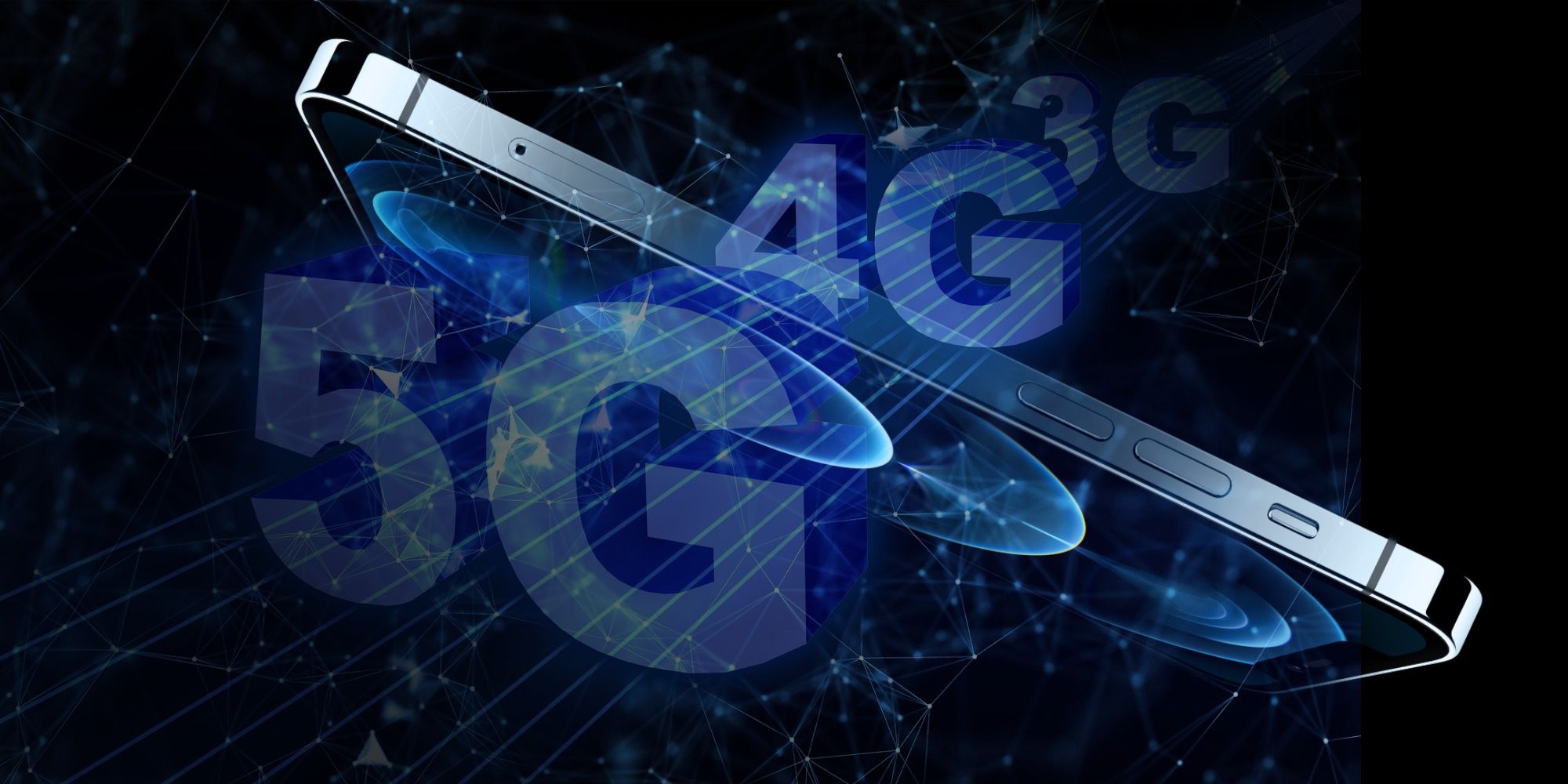
Thanks to Apple’s various quick-start options to move apps and data easily, setting up a new iPhone is usually a quick and painless process. However, there can be rare occasions where a problem will arise, such as with activation on a cellular network. Apple support and the carrier providing cellular service can help with some issues, but it’s often quicker and easier to try a few relatively simple solutions to fix the problems first.
The Apple iPhone officially supports over 45 carriers throughout the United States, including all major carriers, region-specific carriers like Alaska GCI, and services that Apple doesn’t list, such as Google Fi. Supported bands and services vary by carrier, but most provide the basic LTE network, FaceTime over cellular and personal hotspot, with others offering 5G capability, eSIM, Visual Voicemail, Wi-Fi calling and more. Of course, 5G connections require one of the new iPhone 12 models, since that is the only iPhone with a 5G antenna and modem.
New iPhone owners may sometimes have trouble activating the cellular service. If a "No SIM" or "Invalid SIM" error message appears, briefly removing and replacing the SIM card may help. Checking Apple’s System Status website and whether iOS Device Activation is colored green can confirm if others are having the same problem. It is also worth checking with the wireless carrier to make sure the plan is active. Likewise, installing any iOS updates using Wi-Fi may help to solve the problem. Restarting the iPhone is sometimes all it takes to fix odd issues like this, but if asked to enter a password to activate the iPhone, it likely means Apple's Activation Lock security feature is enabled. If the problem persists, there are a few of more solutions to try.

To solve persistent iPhone activation problems, it's best to restart the iPhone again after the initial troubleshooting outlined above. If activation still isn’t working, activation can be done using a Wi-Fi network instead. If this doesn’t help, activating via a computer may be the solution needed. The computer must be able to connect to the internet and can be connected to the phone using the cable that comes with the iPhone. In addition, the computer should be running the newest release of macOS or the latest version of iTunes. Once all set up, the iPhone should appear under Locations in a Finder window or, when using iTunes, it will appear as a phone icon near the upper-left corner of the window.
There are three possible results when using a computer. If the message reads "Set up as New" or "Restore from Backup" then the iPhone has been successfully activated. However, the carrier will need to be contacted if the error message indicates that the SIM card is incompatible or invalid. Lastly, If an error states that the "activation information was invalid" or "activation information could not be obtained from the device" then the iPhone will need to be put into recovery mode to restore it. For iPhone 8 and newer, while still connected to the computer, this can be done by pressing and quickly releasing ‘Volume Up’ and then ‘Volume Down’ before holding the ‘Side’ (sleep) button. After which, follow the instructions on the computer screen to restore the iPhone. Providing this resolves the problem, and allows the device to be activated, the new iPhone should end up becoming a long-lasting and reliable device.
Next: How To Fix Siri Not Responding On iPhone Or iPad
Source: Apple
from ScreenRant - Feed https://ift.tt/2LZBXD9



0 Comments